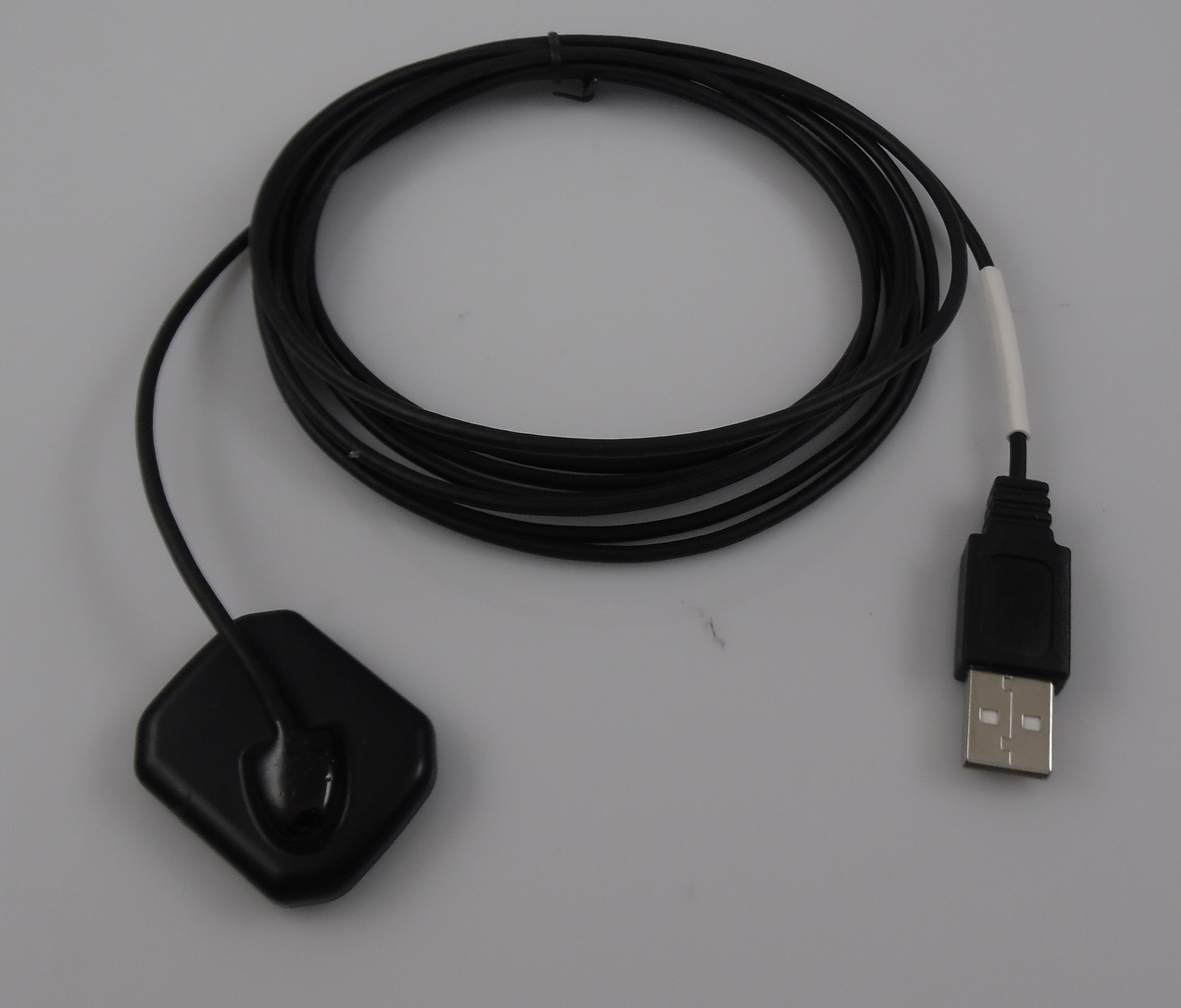
If you'd like to make the switch to DentiMax Imaging software, we'll include a special discount on your upgrade to the latest version, which you didn't have access to with Suni. We are experts with your Professor Suni or Dr. Suni software and we hope you'll consider DentiMax as you look for a solution to your current situation. Good Doctors USA, Inc. 17609 Ventura Blvd Encino, CA 91316 Toll Free: 1-844-448-5050 Website: www.GoodDrs.us E-Mail: email protected. Imaging and Analysis of the Finest Details. Our product range covers digital Microscope Cameras with intuitive software for archiving, measurement, analysis and presentation. 100% reproducibility of the exposures and highly convenient remote control of the cameras and ensure a fast and economical workflow. Suni Imaging Microsystems in Mountain View, Calif. Numerous big American companies, including Kodak, Polaroid, Hewlett-Packard, I.B.M., Intel and National Semiconductor, are working on CMOS imaging chips, said Eric R. Fossum, chief scientist at Photobit, who introduced the technology to many of those companies when he was at the Jet Propulsion.
Suni offers sensors and the imaging software Prof Suni and Dr. Suni. See the SuniWebsite. We also have Bridges to other imaging software that works with Suni sensors. See Interoperability with Other Software

We provide limited support for direct connection to Suni sensors. The 1200, 1200C, 1600, 1800 series are supported. #1 & #2 hi res are the only supported sensors. Currently, there is only a 4BW mount used for capturing. See Scanning/Imaging Defaults to set the Suni hardware options. Because of the limited mounts and lack of a ruler, the support for Suni is marginal, and very likely not ready for prime time. But it is functional.
To capture an image, click Capture in the Images module.
Setup a Suni Sensor
To setup a Suni sensor for use with Open Dental directly copy the contents of the Suni CD that came with your sensor into the C:Program FilesOpen DentalSuni directory. If you have more than one sensor, you must be sure to copy the contents of the CD that came with the sensor hooked up to the computer in question. You should also ensure that the drivers for your Suni sensor are up to date in the Windows hardware manager. Check these before you try anything else. It may help if you reset your Suni hardware. You can do that by unplugging the USB connection from the back of the computer and unplugging the connection to the wall socket (if there is one). Leave the device disconnected for at least 1 minute, then reconnect and try to capture again.

Open Dental does not currently support more than one sensor per workstation.
Also see this document: SuniSensorDocument.pdf
1/23/2014: Suni sensor models 1200, 1600, and 1800 are not compatible with Windows 7, Windows 8, or Windows 8.1 because there are no drivers available for the 32 or 64 bit versions.
In the Main Menu, click Setup, Imaging, Scanning.
These are the default settings used when scanning forms, letters, photos or radiographs in the Imaging Module, or capturing images using Suni. Settings only apply to the computer you are working on. Also see Scanning and Scanners.
Set Default Scanner: Click to select the scanner that will be used as the default each time you scan.
Prof Suni Imaging
Documents
Suni Driver
These settings are for scanning single documents and multi-page documents in the Images module.
Show Select Scanner Window: Check this box to select the scanner every time you scan. The option selected will also apply when you click Scan Radiograph or Scan Photo in the Images module toolbar.
JPEG Compression - Quality After Scanning: Set the image quality (0 - 100) for the file that is saved in the A to Z Folder. A lower number means more compression and smaller file size. 100 = no compression 0 = maximum compression. A typical setting is 40.
Show Scanner Options Window: Select this option to open the scanning device window to select scanning options every time you scan. We recommend this option so you can customize scan settings.
Use the Options Below: Select this option to use the default scanning options every time you scan, instead of opening the scanning device window. The option selected will also apply when you click Scan Radiograph or Scan Photo.
If you select Use the Options Below, the options set below will be used.
- Multipage Scans Duplex: Scans both sides of documents when checked. Scans one side of documents when unchecked.
- Grayscale: Scans in grayscale when checked. Scans in 24-bit color when unchecked.
- Resolution: The dots per inch (dpi) of the document that is collected from the scanner. Must be at least 51 dpi.
Recommended Scanning Settings:
- Documents: 150 dpi.
- Photos: color, 300 dpi.
Radiographs
Set the default pixel windowing values to use when scanning radiographs. A slider is also available in the Images module to adjust pixel windowing for individual radiographs. Windowing is useful for images like radiographs because it isolates changes in gray levels. For more details, see Enhancing Radiograph Images.
Recommended Scanning Settings:

- Panos: grayscale, 300 dpi.
- BWs: grayscale, 400 dpi.
Photos
Recommended Scanning Settings: color, 300 dpi.
Suni Imaging
The Suni Imaging boxes at the bottom are for adjustments needed by Suni sensors.
Exposure Level: Select a value between 1 and 7.
Sensor Port: Set to 0, unless you have a problem capturing. If you change the port number to 1, be sure to stop any current image captures first, or simply restart Open Dental to ensure that the new settings take effect.
Sensor Type: Enter the last letter of the Suni CCD serial number. Open Dental only supports sensors ending in B or D.
Binned: Refer to your Suni documentation for explanation of this option.